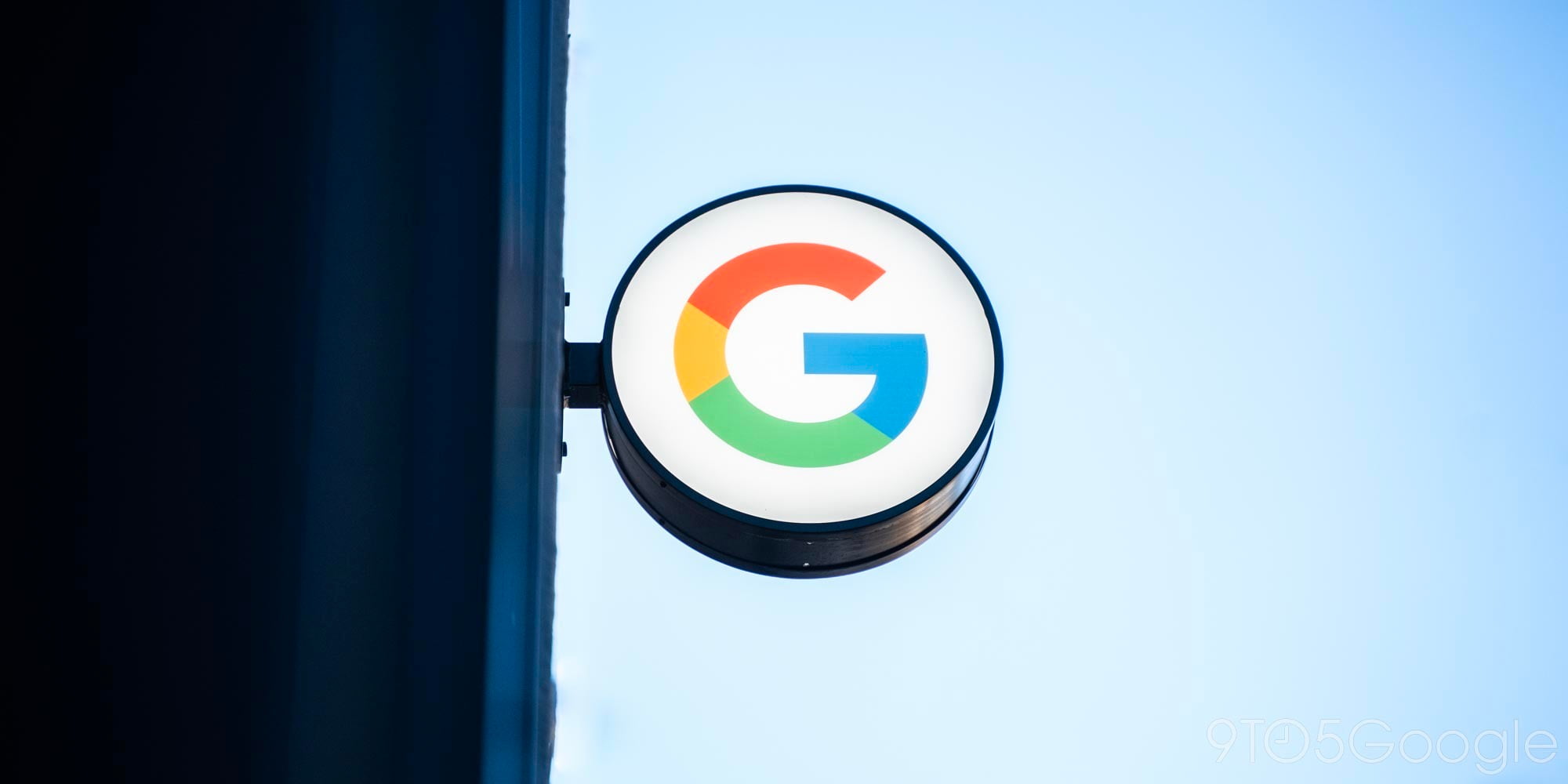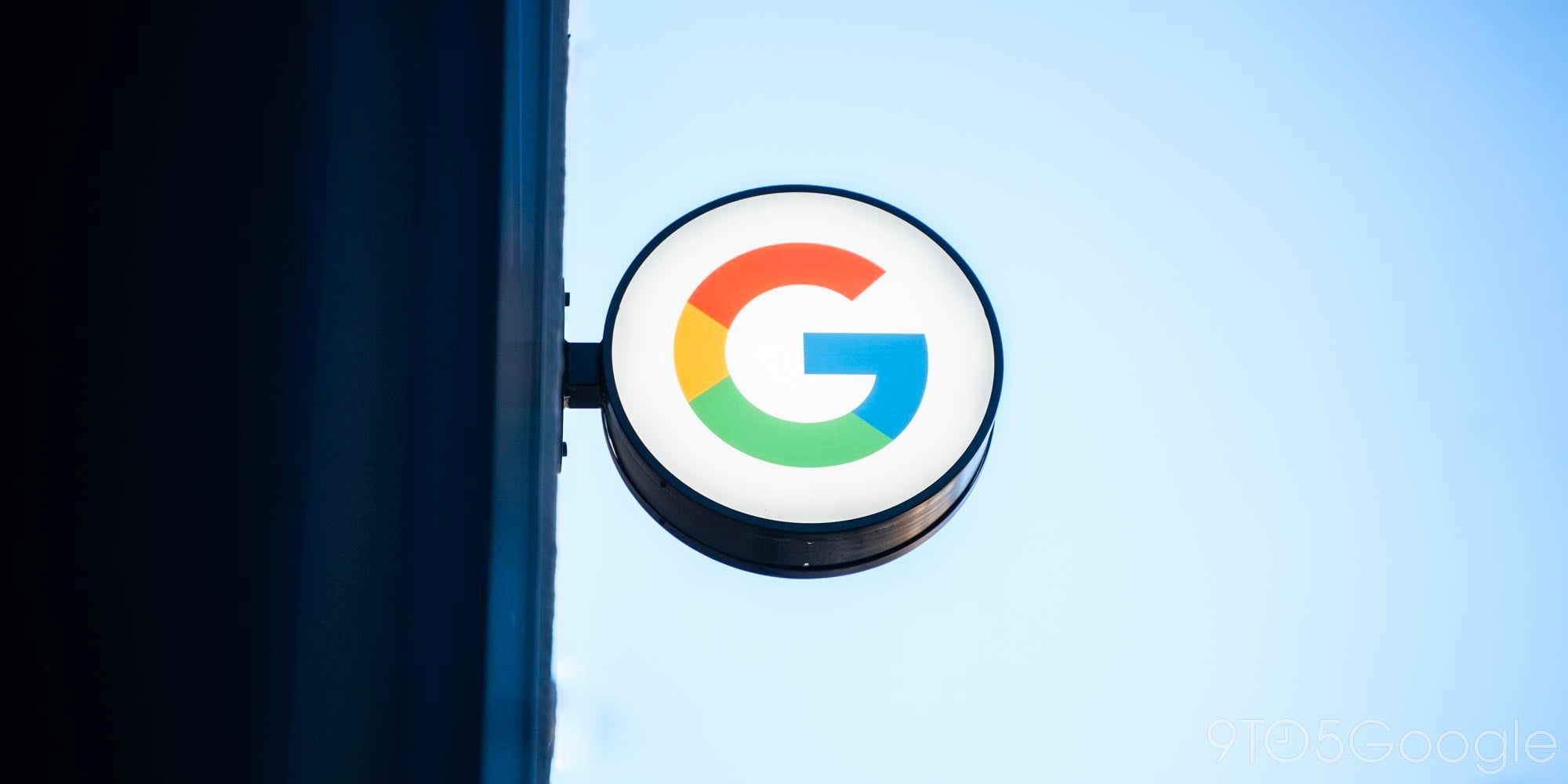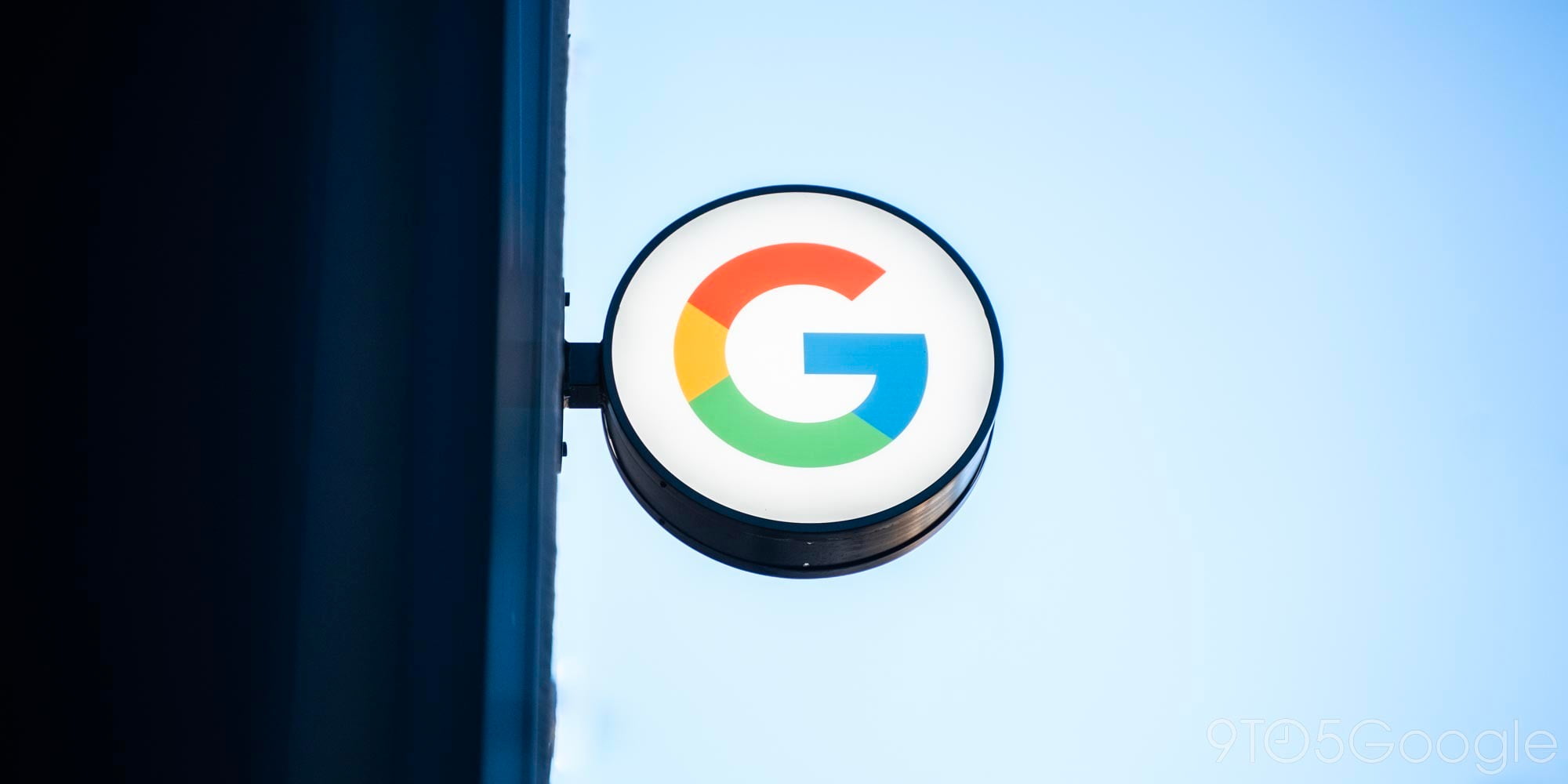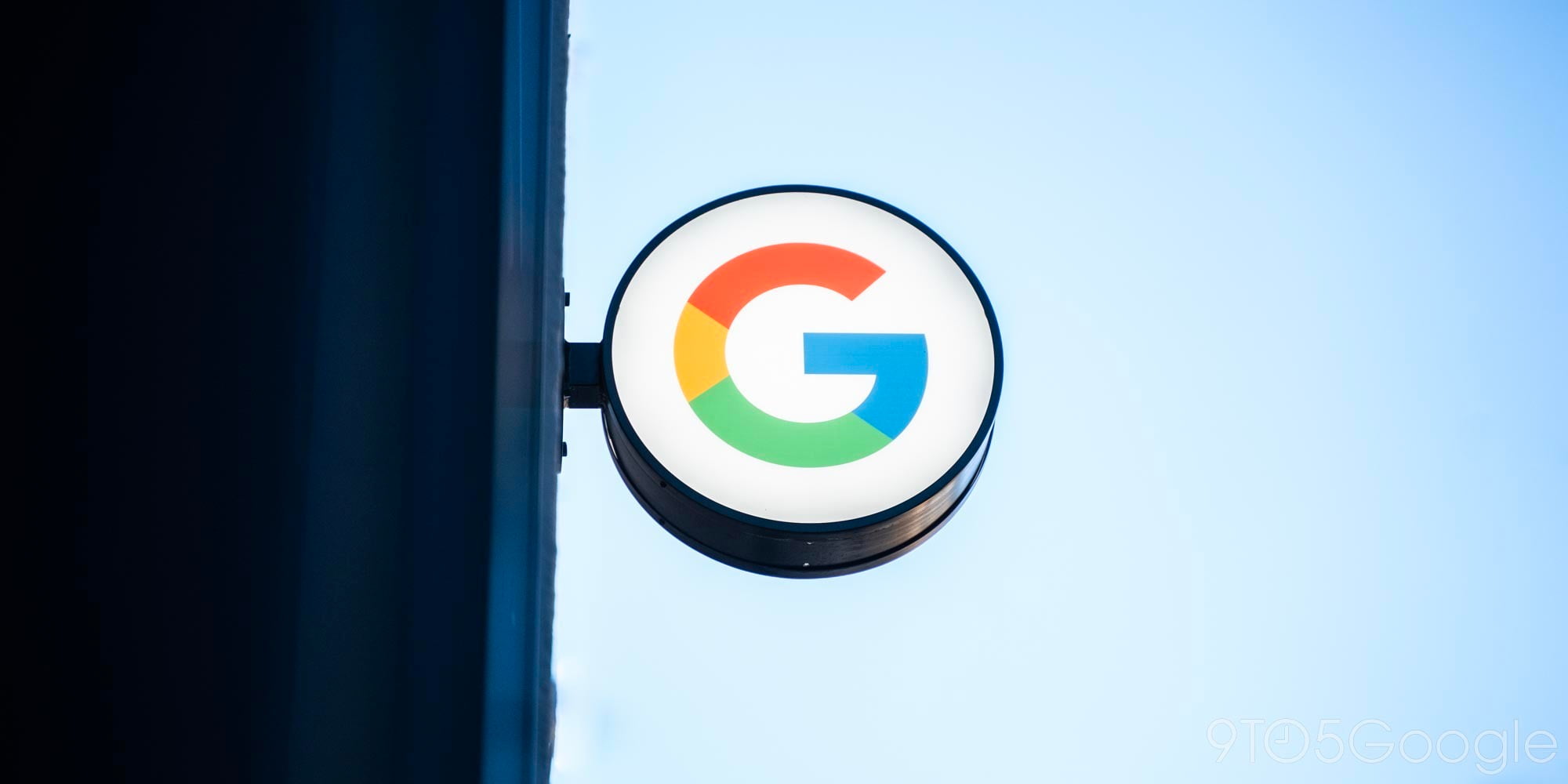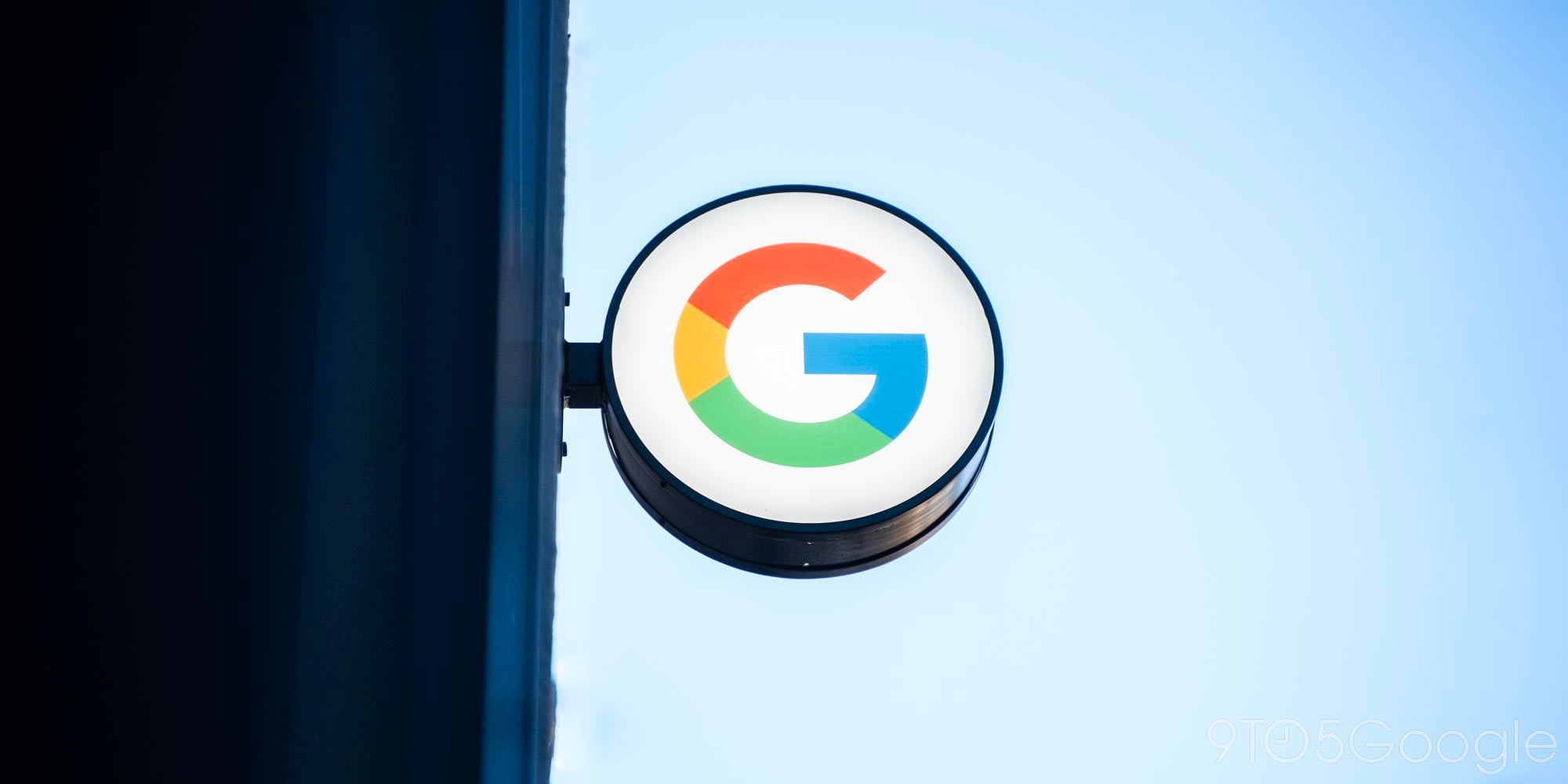Google announced an update today to Google Translate for Android that brings an extremely useful feature for those who are traveling or in need of translations when without an Internet connection. Starting today, the updated Android app will now allow users running devices on Android 2.3 and up to access the service using downloadable offline language packages.
Google noted that there are currently around 50 languages available for offline use and detailed how to download the necessary packages through the app:
You can select [Offline Languages] in the app menu to see all the offline language packages available for download. To enable offline translation between any two languages, you just need to select them in the offline languages menu. Once the packages are downloaded, you’re good to go.
While the languages packages provide everything you need to get quick translations when offline, Google warned that the offline modes are “less comprehensive than their online equivalents” without explaining in detail.
Users of the updated app will also now be able to translate vertical text for Japanese, Chinese, and Korean—using their device’s camera.
The updated Google Translate app for Android is available now through Google Play.
